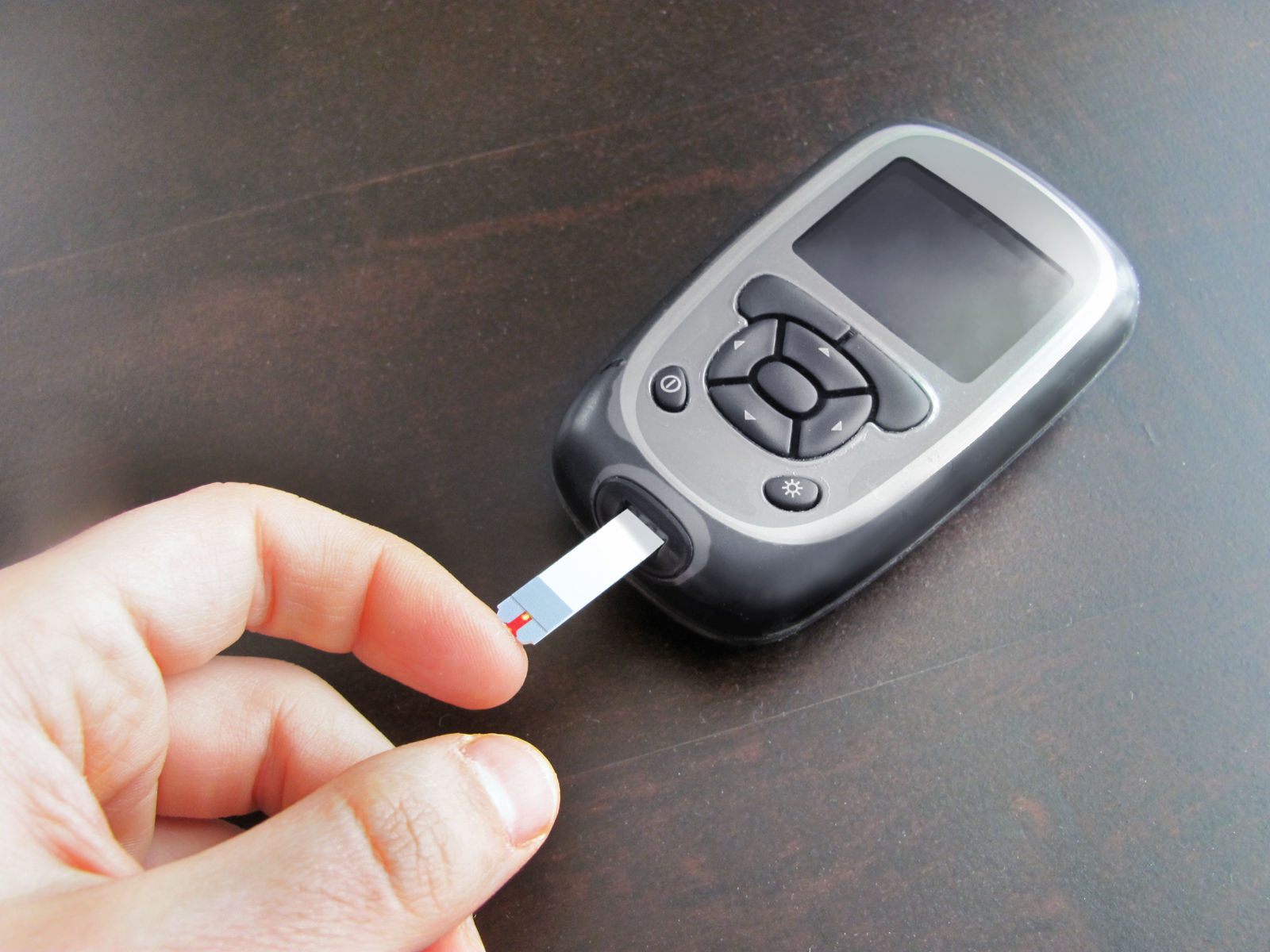THURSDAY, Sept. 27 (HealthDay News) — A school project that requires a baby photo, classmates who tease, well-meaning counselors who say the wrong thing, uncommon medical conditions — these are just a few of the challenging issues families with adopted children experience in their day-to-day lives.
A new report summing up adoption research shows that the portrait of adoptive families in the United States is changing and so are the needs of those families, said lead author Dr. Faye Jones, a professor of pediatrics at the University of Louisville.
Jones said the research suggests that families would benefit if their pediatricians were more aware of their unique needs — specialized counseling and emotional support, connections to other adoptive families and tutoring service recommendations, for example. Adoption experts say educating schools and communities would help too.
“The key point is that families and children are going through a lot of different types of adjustments and it doesn’t stop when the papers are signed. It’s a lifelong process,” Jones said.
Although adoption is no longer stigmatized the way it was 30 or 40 years ago, there’s still a long way to go, said Janice Goldwater, founder and director of Adoptions Together, a Washington, D.C.,-area nonprofit that supports and educates adoptive families and the school and health professionals with whom they work.
“I can’t tell you the number of adoptive families who have told us they’ve had multiple appointments with their pediatrician but the doctor still asks family health history questions and forgets their child was adopted,” Goldwater said. “If you have a parent who is sensitive, then they have to say again and again, ‘This isn’t my biological child,’ and explain. It’s a little wearing.”
According to the study, which was published online Sept. 24 in the journal Pediatrics, about 120,000 children (roughly 2 percent of the population) are adopted each year. Thirty-eight percent are from foster care, 38 percent are adopted through private domestic adoptions and 25 percent take place internationally. Domestic adoptions are on the rise, while international adoptions are declining.
Adoptive family profiles are changing too. Blended families with gay and lesbian parents, older parents and single parents are on the rise, and 40 percent of adopted children joined families with more than one ethnicity or race, the researchers reported.
As far as health issues, 39 percent of adopted children were classified as having special health needs, compared with 19 percent of the general population. The authors recommend pediatricians offer a roadmap to families — help them locate any specialists, therapists and medical-equipment providers they might need, even before parents bring their new child home.
Sherry Kempf, a mother from Minneapolis, has two daughters, 5 and 9 years old, who were adopted from China as infants. Both of her daughters needed specialized care for unexpected medical conditions early on. Although her pediatrician helped her connect with some specialists, she did a lot of her own research.
“You really have to be your own advocate and do your homework and follow up,” said Kempf, who lined up services through her school district for her older daughter even before she was school age.
Their family also took a class for adoptive parents and kids. “We did that once a week when we got our first daughter, and again with our second daughter,” she said.
Family doctors and teachers can ease communications with adoptive families by learning to use terms like ‘birth parents’ and ‘biological parents,’ and not saying ‘real parents,’ Goldwater said. Teachers should also know what might trigger a youngster’s anxiety.
“An assignment that requires a baby picture can be traumatizing for a child who has no photos of herself as a baby,” Goldwater said. Family-tree projects and Mother’s Day may also spark deep emotions.
“Getting teachers to be aware of how they talk about family, what kinds of language they use, what might be embedded in their curriculum that might be difficult is important,” she said. She recalled one family whose daughter, adopted from China, “fell apart” in school one day when her class was reading a textbook that described how baby girls in China are sometimes abandoned or given to orphanages.
“The losses in adoption are a big thing,” said study author Jones.
Although Kempf said her children have had their share of medical challenges, they are emotionally well adjusted. She credits that to many factors, including keeping them close to their cultural roots, maintaining a network of supportive friends and being open about their adoptions.
“We’re really lucky we live near a Chinese immersion school, so they’re immersed in Chinese culture every day,” said Kempf, who is white. “They have Chinese nationals as teachers and celebrate Chinese holidays.”
The family stays in touch with the adoptive families of her daughters’ orphanage roommates in China too. She occasionally talks with her girls about being adopted, and speaks positively about their birth parents.
“We talk about their birth mom now and then,” she said. “I just kind of drop it into conversation. I say, ‘You are getting so tall. Oh, I bet your birth mom was tall.’ Or, ‘I bet she is thinking of you today.'”
More information
Read more about adoption resources at the U.S. Department of Health and Human Services.

